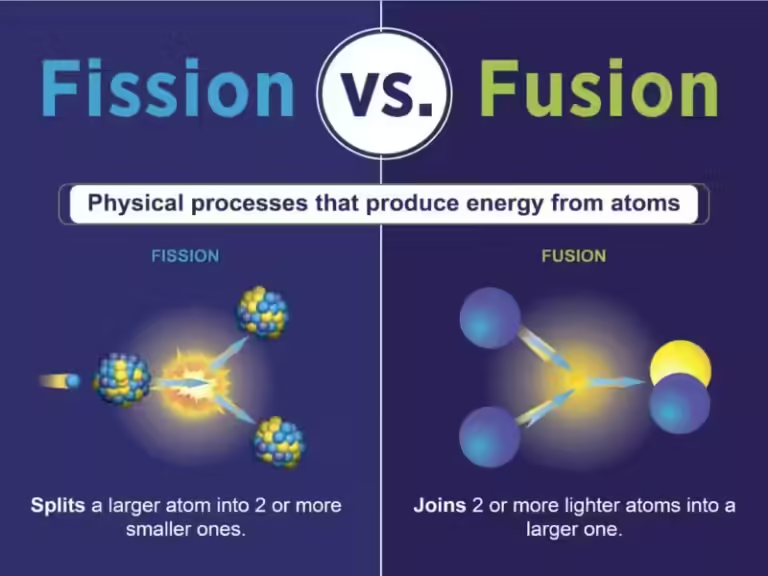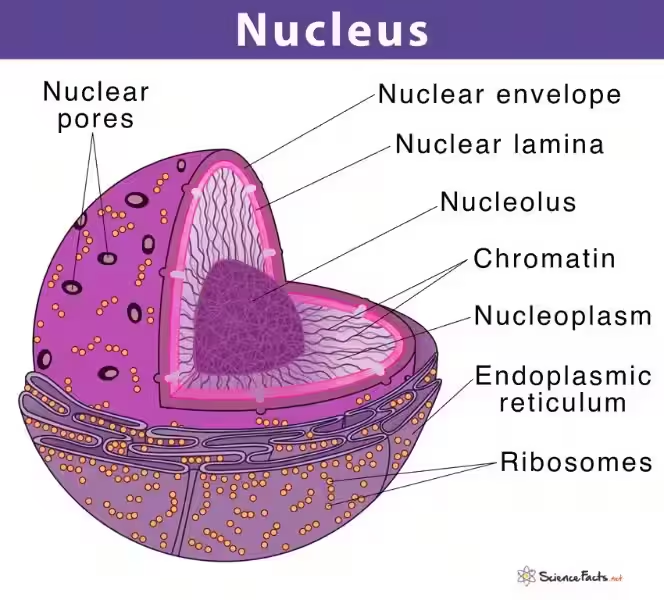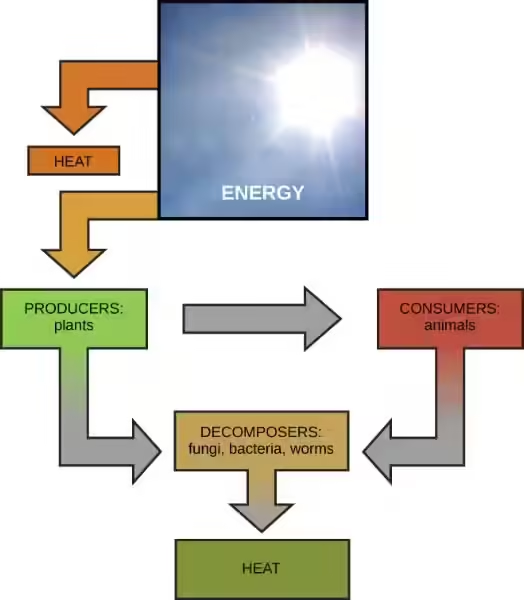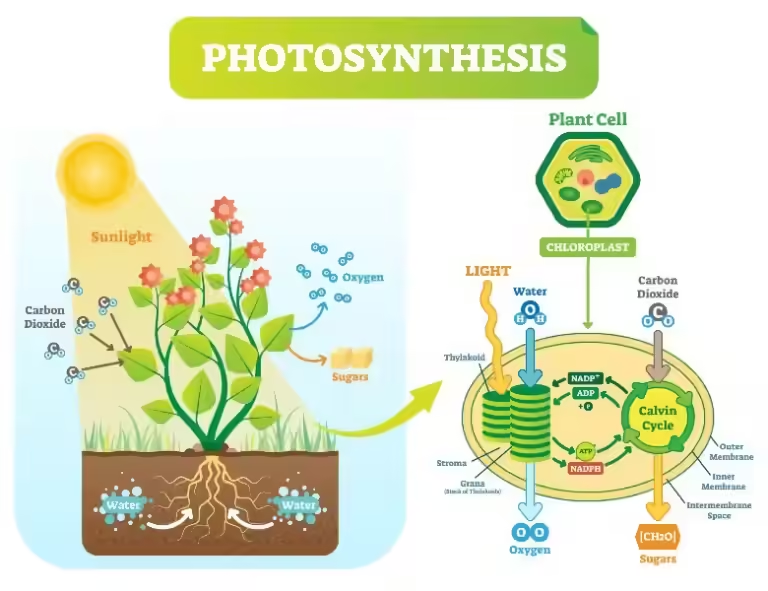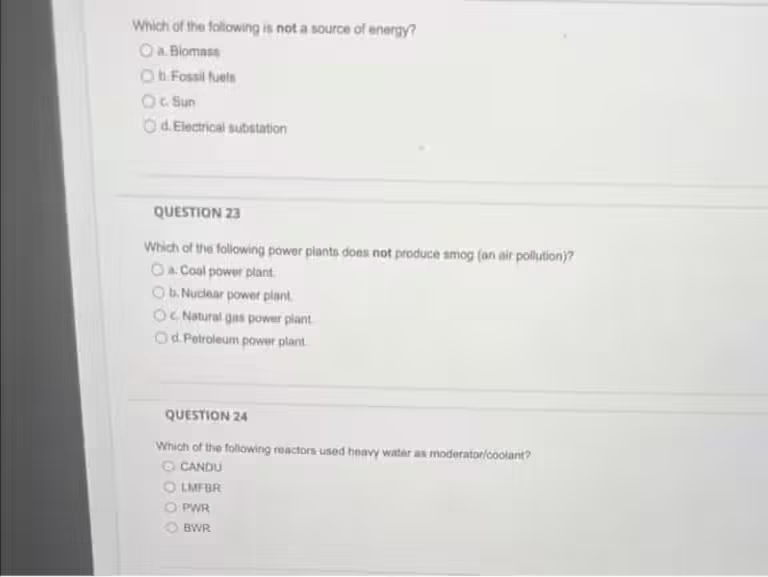The Sun's Unstoppable Engine: Nuclear Fusion
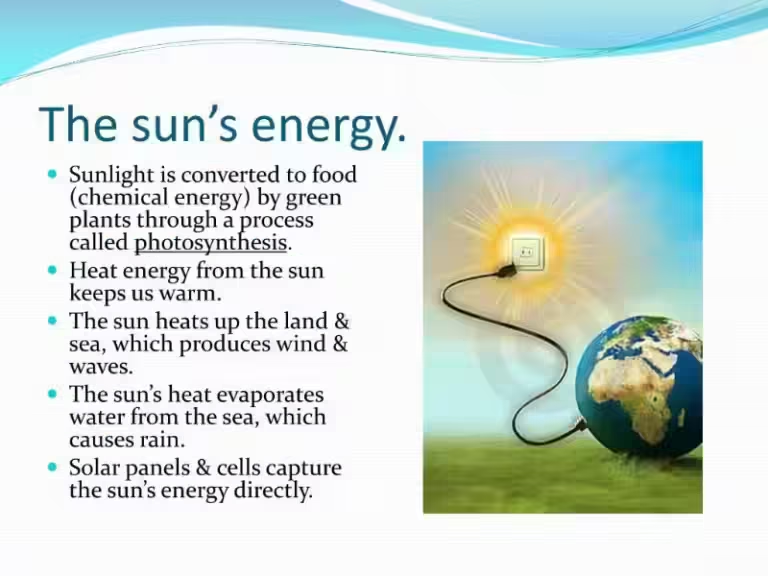
The sun, a radiant beacon in our sky, is a celestial powerhouse that sustains life on Earth. But what is the source of its immense energy? The answer lies within its core, where a remarkable process called nuclear fusion takes place. This is the primary source of the sun's energy, an unstoppable engine that fuels our solar system.
A Cosmic Dance of Atoms
Imagine a swirling, turbulent sea of hydrogen atoms, compressed to unimaginable densities by the sun's immense gravity. Within this inferno, temperatures reach millions of degrees Celsius, creating a pressure so intense that it forces these atoms to collide with incredible force.
This collision overcomes the natural repulsion between the positively charged protons within the hydrogen atoms, allowing them to fuse together. When four hydrogen atoms fuse, they form a helium atom, releasing a tremendous amount of energy in the process.
This energy release is not a one-time event but a continuous cycle. Like a cosmic furnace, the sun constantly transforms hydrogen into helium, producing an endless stream of energy.
A Journey from the Core to the Surface
The energy released by nuclear fusion is primarily in the form of gamma rays, a type of electromagnetic radiation with extremely high energy. These gamma rays, like miniature bullets, journey outward through the sun's layers.
Their path is not a straight line; they interact with other particles, losing energy as they go. This energy loss causes the gamma rays to transform into other forms of electromagnetic radiation, including visible light. This visible light is what we perceive as sunlight, reaching Earth and providing us with warmth and light.
A Stellar Powerhouse
The sun's energy production is incredibly efficient. The process converts only a tiny fraction of the hydrogen's mass into energy, yet this tiny amount is enough to power the sun's immense heat and light. This energy is the foundation of life on Earth.
The sun's energy is responsible for many crucial processes on our planet. Photosynthesis, the process by which plants convert sunlight into energy, is powered by the sun. The sun's gravity also holds the Earth in its orbit, ensuring a stable climate and predictable seasons.
A Vital Connection
The sun, with its endless supply of energy from nuclear fusion, is the heart of our solar system. This energy is the lifeblood of our planet, providing the warmth, light, and energy necessary for life to thrive. It is a reminder of the interconnectedness of our universe and the vital role that stars play in sustaining life.
Frequently Asked Questions
What is the primary source of the Sun's energy?
The Sun's energy comes from nuclear fusion, a process that occurs at the Sun's core where hydrogen atoms fuse together to form helium, releasing a tremendous amount of energy.
How does nuclear fusion work?
At the Sun's core, the intense heat and pressure cause hydrogen atoms to collide with incredible force, overcoming their natural repulsion and fusing together. This process releases a vast amount of energy primarily in the form of gamma rays.
What happens to the energy released during fusion?
The gamma rays produced by fusion travel through the Sun's layers, interacting with other particles and gradually losing energy. As they journey outward, they transform into other forms of electromagnetic radiation, including visible light.
Why is the Sun's energy important for Earth?
The Sun's energy is essential for life on Earth. It provides warmth, light, and energy for photosynthesis, which is the process plants use to convert sunlight into energy. The Sun's gravity also holds the Earth in its orbit, ensuring a stable climate and predictable seasons.



